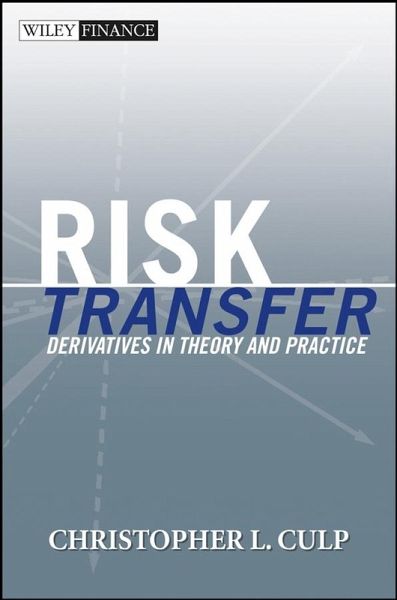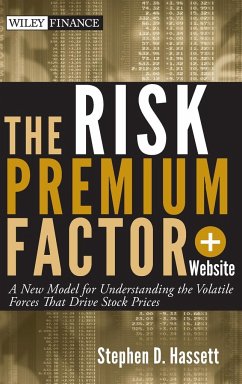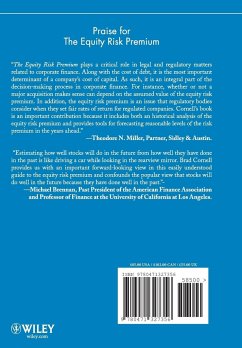
Risk Transfer
Derivatives in Theory and Practice
Versandkostenfrei!
Versandfertig in über 4 Wochen
89,99 €
inkl. MwSt.
Weitere Ausgaben:

PAYBACK Punkte
45 °P sammeln!
Based on an enormously popular "derivative instruments and applications" course taught by risk expert Christopher Culp at the University of Chicago, Risk Transfer will prepare both current practitioners and students alike for many of the issues and problems they will face in derivative markets. Filled with in-depth insight and practical advice, this book is an essential resource for those who want a comprehensive education and working knowledge of this major field in finance, as well as professionals studying to pass the GARP FRM exam.Christopher L. Culp, PhD (Chicago, IL), is a Principal at C...
Based on an enormously popular "derivative instruments and applications" course taught by risk expert Christopher Culp at the University of Chicago, Risk Transfer will prepare both current practitioners and students alike for many of the issues and problems they will face in derivative markets. Filled with in-depth insight and practical advice, this book is an essential resource for those who want a comprehensive education and working knowledge of this major field in finance, as well as professionals studying to pass the GARP FRM exam.
Christopher L. Culp, PhD (Chicago, IL), is a Principal at CP Risk Management LLC and is also Adjunct Professor of Finance at the University of Chicago. He is the author of Corporate Aftershock (0-471-43002-1) and The ART of Risk Management (0-471-12495-8).
Christopher L. Culp, PhD (Chicago, IL), is a Principal at CP Risk Management LLC and is also Adjunct Professor of Finance at the University of Chicago. He is the author of Corporate Aftershock (0-471-43002-1) and The ART of Risk Management (0-471-12495-8).












